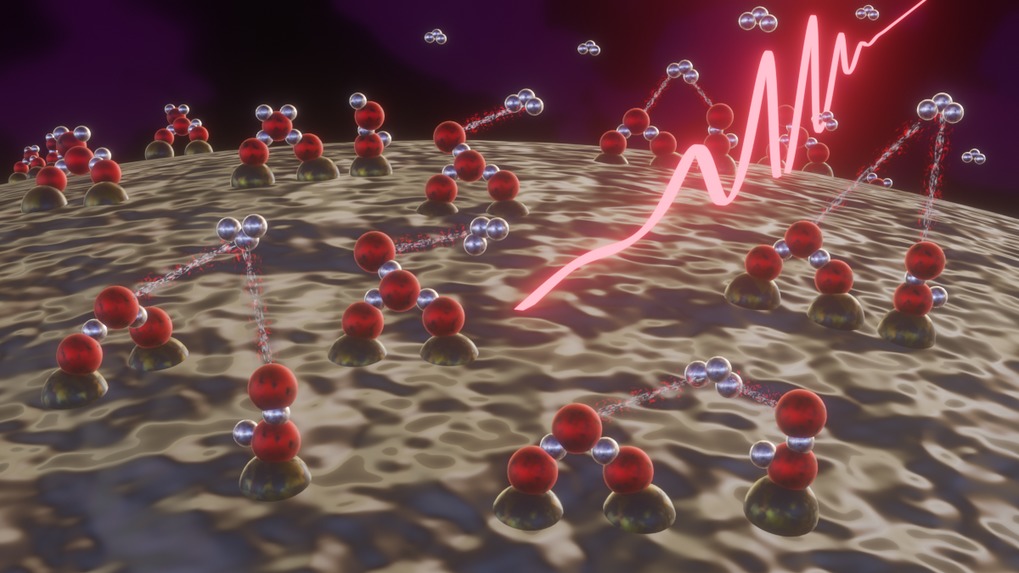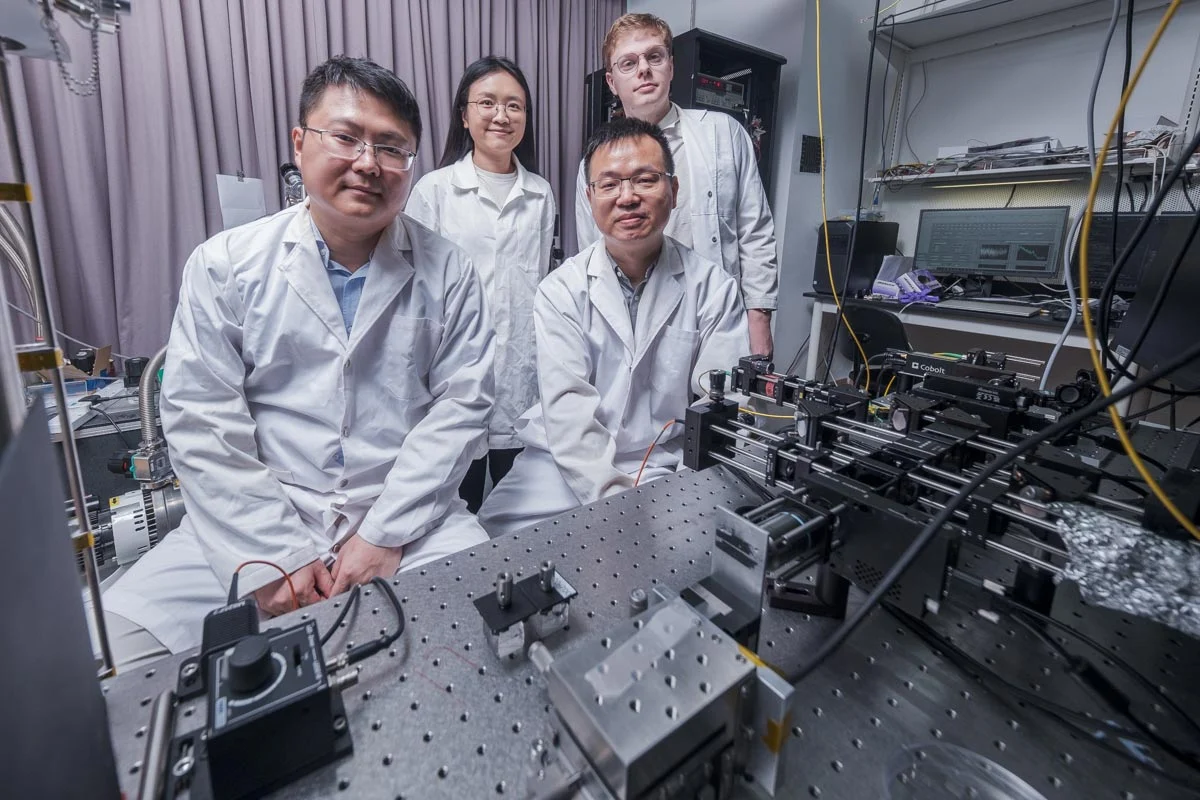Quantum computing’s full potential hinges on effective quantum error correction (QEC), with the surface code emerging as a promising approach due to its 2D nearest-neighbor coupling and high error threshold of approximately 1%. While small-scale implementations have progressed, practical quantum algorithms require thousands of logical qubits with extremely low error rates, necessitating millions of physical qubits—far beyond current capabilities.
As quantum devices scale up, defects become inevitable. An estimated 2% of qubits on transmon devices are defective with current technology, and even advanced processors with dozens of qubits face this challenge. External factors like cosmic rays impacting superconducting devices or leakage in ion trap arrays further complicate matters by mimicking defects.
Topological codes are particularly vulnerable to defects since they alter the lattice topology and reduce code distance. To address this, researchers have developed an automated adapter that deforms defective lattices and identifies super-stabilizers, enabling surface code implementation on imperfect hardware.
The innovation introduces “bandage-like” super-stabilizers that operate with minimal overhead when handling defects. This approach offers significant advantages over previous methods: with a code size of 27 and a 2% random defect rate, it reduces disabled qubits by one-third while increasing the preserved code distance by 63%. These benefits become more pronounced as processor size and defect rates increase.
Automation is crucial for scalability since manually designing adapters becomes impractical as chip sizes grow, especially when aiming for programmable logical operations. The approach minimizes disabled qubits while achieving higher code distances and lower-weight super-stabilizers, substantially reducing logical error rates.
This low-overhead, defect-adaptive surface code implementation represents a significant advance toward scalable, large-scale fault-tolerant quantum computing. By efficiently handling the inevitable defects in quantum hardware, it paves the way for practical quantum algorithms that can finally leverage quantum computing’s theoretical advantages.
Reference: Wei, Z., He, T., Ye, Y. et al. Low-overhead defect-adaptive surface code with bandage-like super-stabilizers. npj Quantum Inf 11, 75 (2025). doi:10.1038/s41534-025-01023-y




